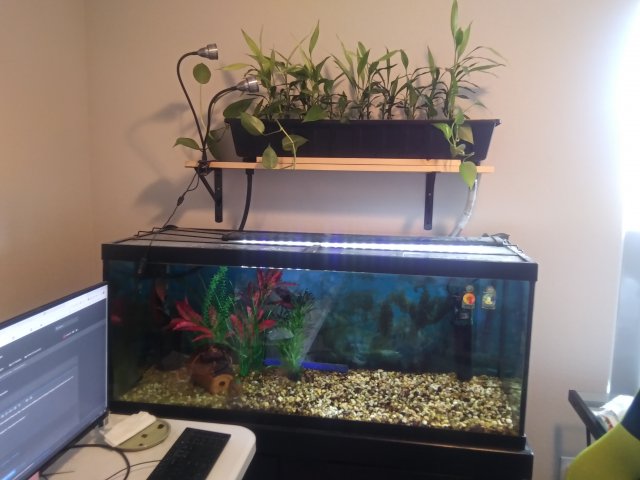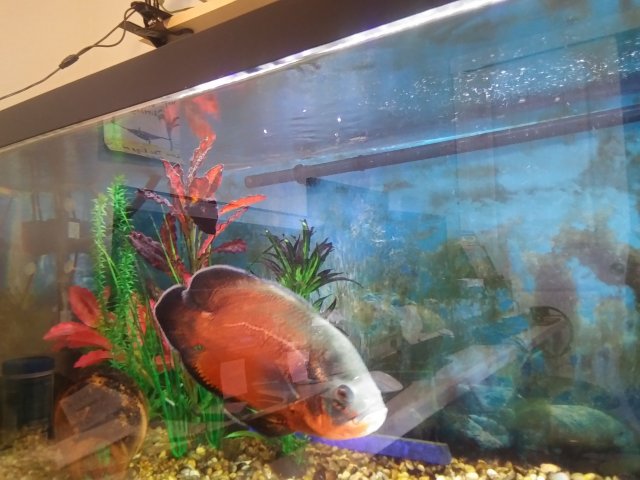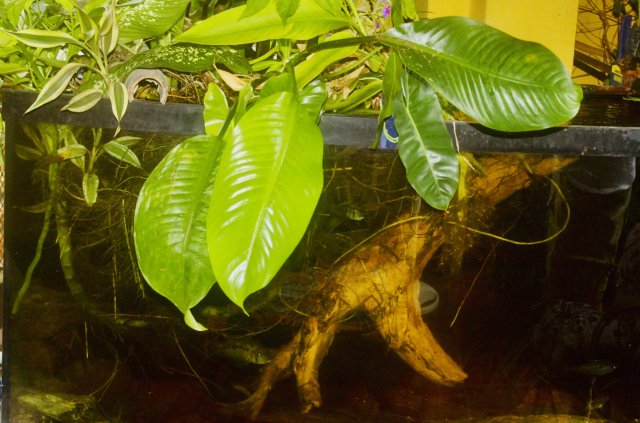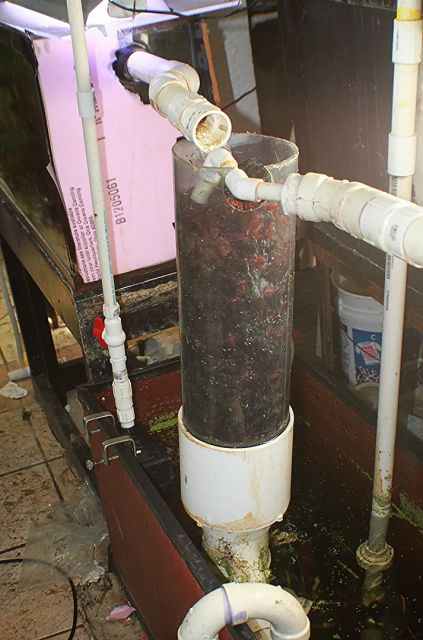DId a quick search and seems to be too much protein in water? Last couple of days my 75g 1 oscar tank has bubbles (micro and larger) staying on surface longer than usual. I've done, over the last few days, at least an 80% water change. The aquaponics been up and running for close to six months now, should have taken before/after pics, plants started out at top of container (don't think thats the cause?)
Water tests like it always does for the past 2 yrs, my boy seems happy lol. Any cause for concern?
Forgot to mention water tests come back like they have the past 2yrs, no problems.
Edit edit, lol, that white mark that looks like its on his head is something in the background, no wounds on him.


Water tests like it always does for the past 2 yrs, my boy seems happy lol. Any cause for concern?
Forgot to mention water tests come back like they have the past 2yrs, no problems.
Edit edit, lol, that white mark that looks like its on his head is something in the background, no wounds on him.


Last edited:













